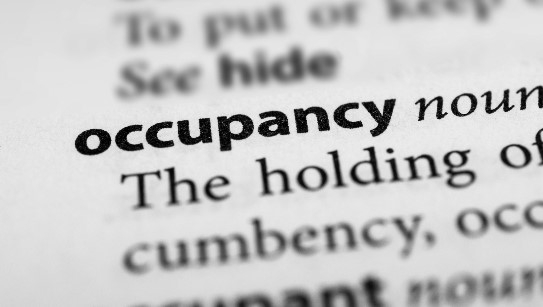
There are two separate and distinct occupancy requirements for a HECM Reverse Mortgage that often get confused depending on whether you are applying for a new loan or you already have an existing reverse mortgage.
The first is general occupancy requirement at application when applying for a new reverse mortgage. The program is only available for a homeowner’s primary residence. There are many items that are required to verify occupancy, such as, voter registration, driver’s licenses, federal tax filings, utility bills, credit reports, etc. It is important to note that the number one area of fraud with reverse mortgages revolves around occupancy. For this reason, occupancy verification is of paramount importance and if there is any ambiguity that cannot be adequately addressed through the underwriting process the homeowner will not be eligible for the loan.
The second general requirement for occupancy is after you have already secured the reverse mortgage loan. This is the area that I have found that has been confusing for prospective homeowners interested in a reverse mortgage. The interpretation of the guidelines state that you only have to occupy your home for one day per year. This is the technical rule. This means that as long as you do not leave your home as your current primary residence for more than twelve consecutive months then you still meet the qualification for occupancy. This specifically relates to an example of one or more spouses being forced to seek care outside of their home for a period not to exceed twelve consecutive months. As long as you can reoccupy your home within the twelve month period, the requirements of occupancy are met. To elaborate further, if one spouse must leave the home for a period in excess of twelve months but the other spouse is able to meet the technical rule then the requirement of occupancy is also considered met.
People will often confuse the second requirement of occupancy when trying to obtain a reverse mortgage on a second home or another property that is clearly not their primary residence. The rules for occupancy are hard and fast. You either fit or you are not eligible. In the second requirement, when both spouses can no longer occupy the home, the loan comes due and the home is then sold. This is not an event to cause alarm. It simply means that the objective of the HECM Reverse Mortgage has been met and the loan has served its purpose. In other words, the homeowner(s) have lived in their home as their primary residence for as long as they were able.
I hope this clarifies occupancy for individuals and families that may have an interest in a reverse mortgage. It is very stringent at the outset for those seeking to establish themselves in a new reverse mortgage loan, but by design, it is very flexible for retirees and seniors once they have a reverse mortgage on their home.
For more frequently asked questions see our Reverse Mortgage Questions page or Reverse Mortgage Myths Busted where we explain commonly misunderstood concepts surrounding a Reverse Mortgage.
George H. Omilan
President-CEO - NMLS# 873983
Jefferson Mortgage Group LLC
Located in Fairfax County - Helping seniors with Reverse Mortgages in Virginia, Maryland, DC and Pennsylvania.
Questions/Comments encouraged.
